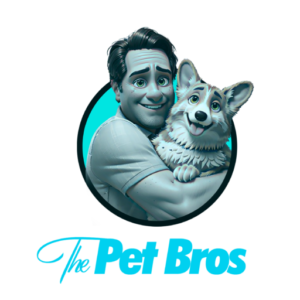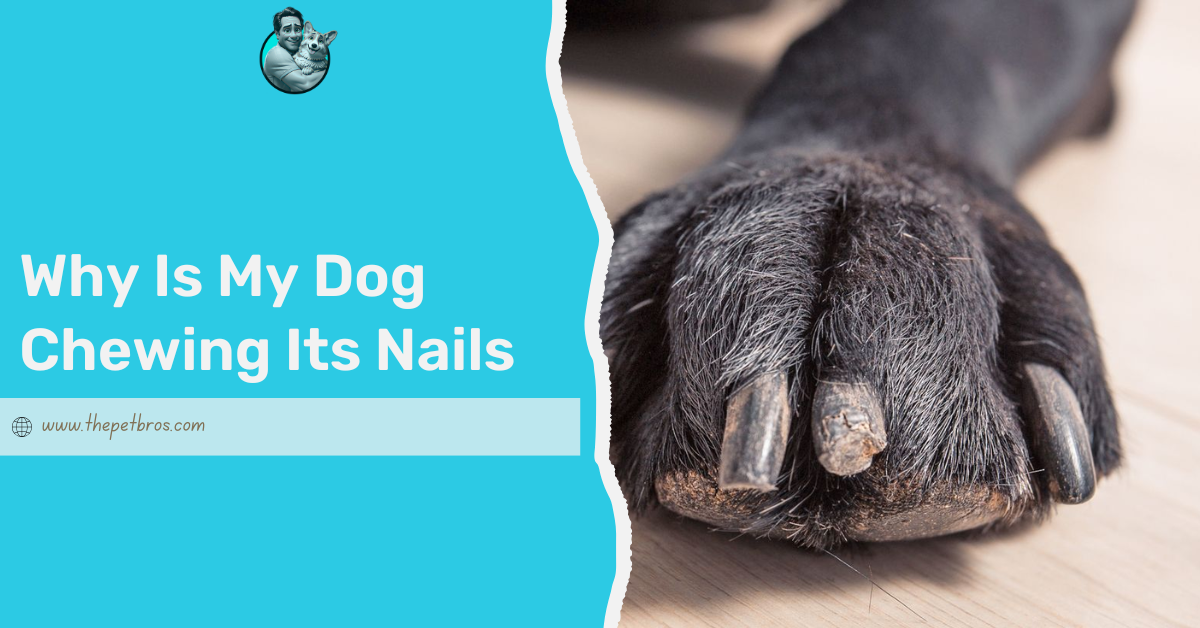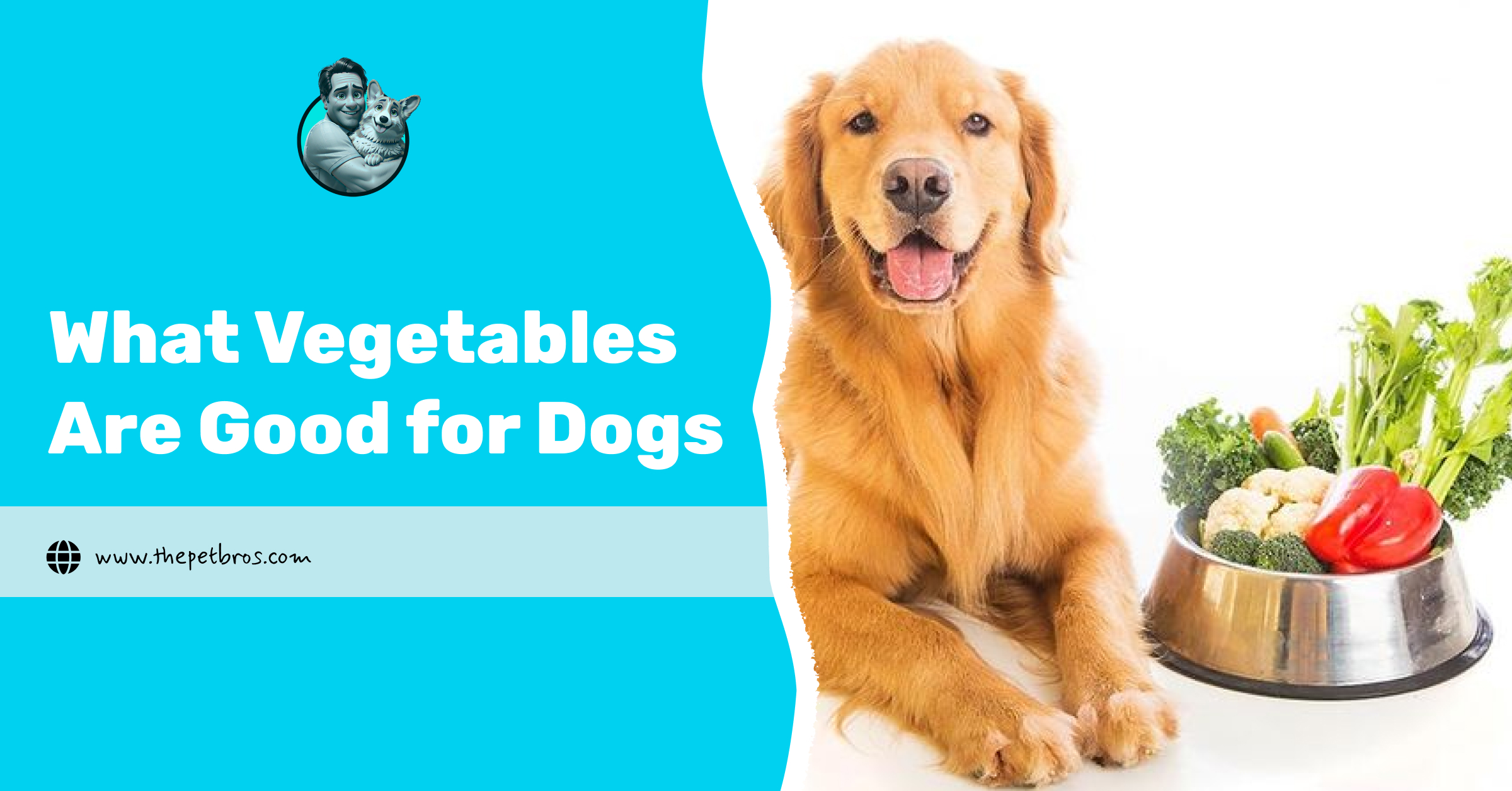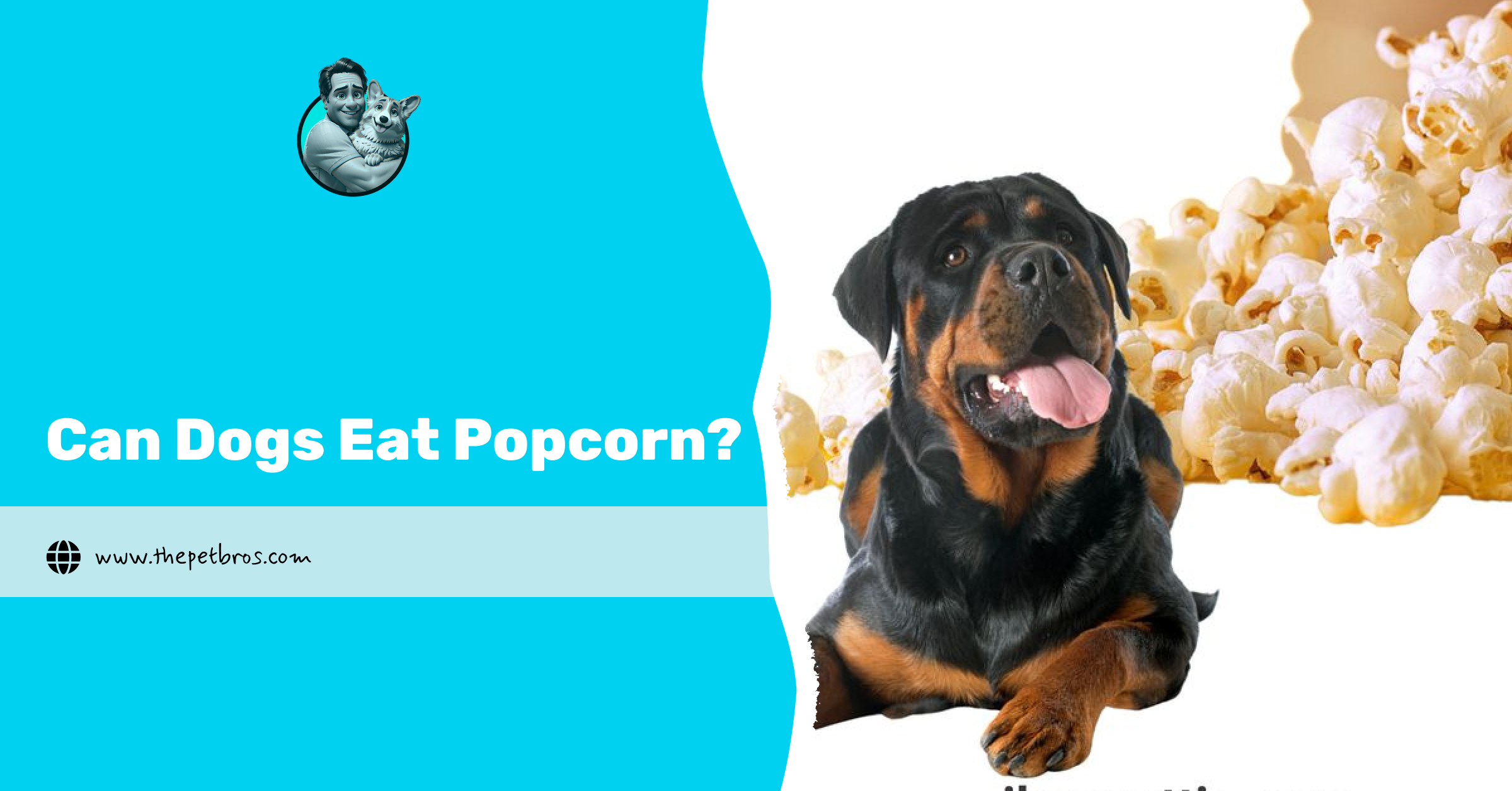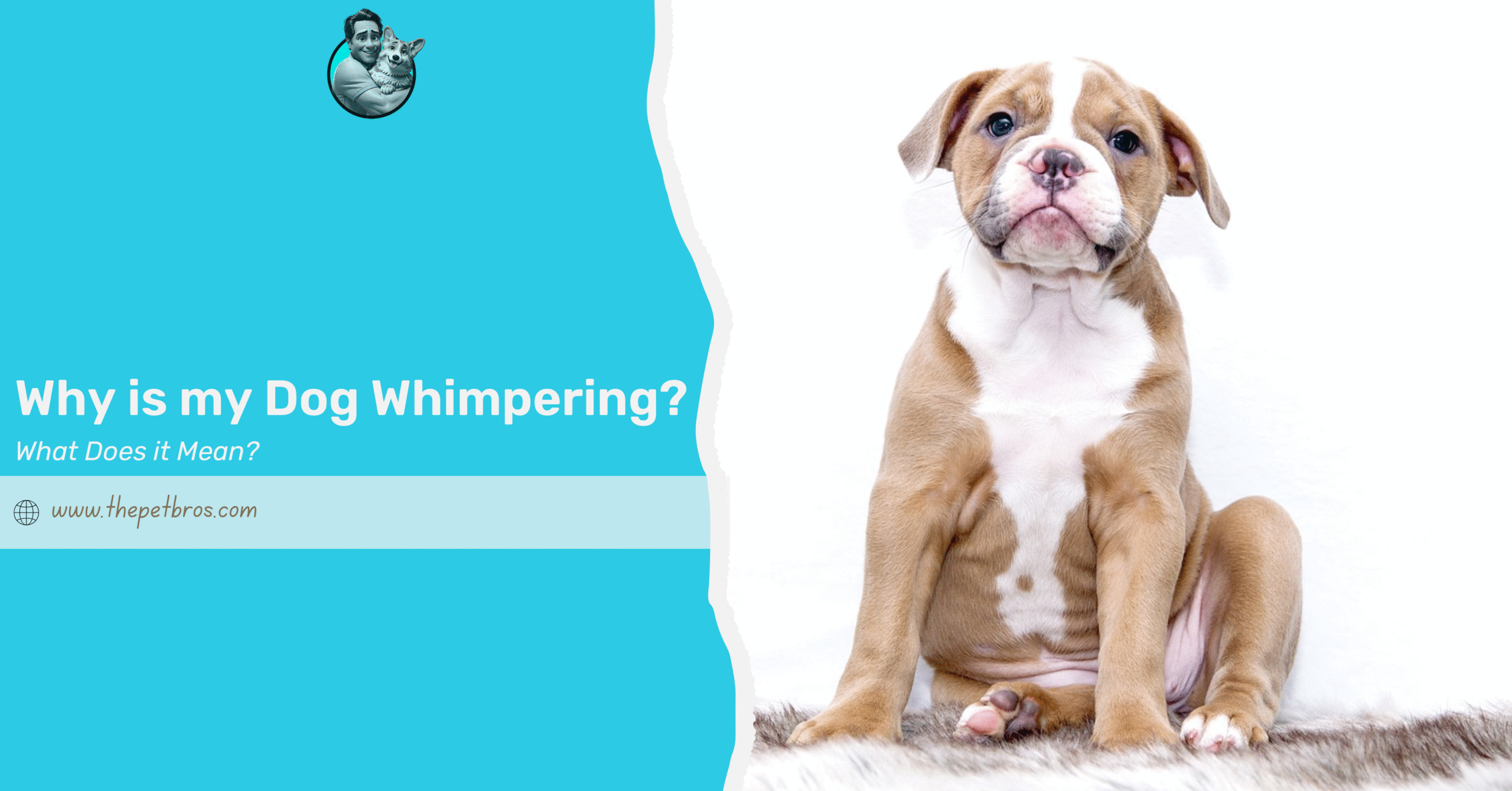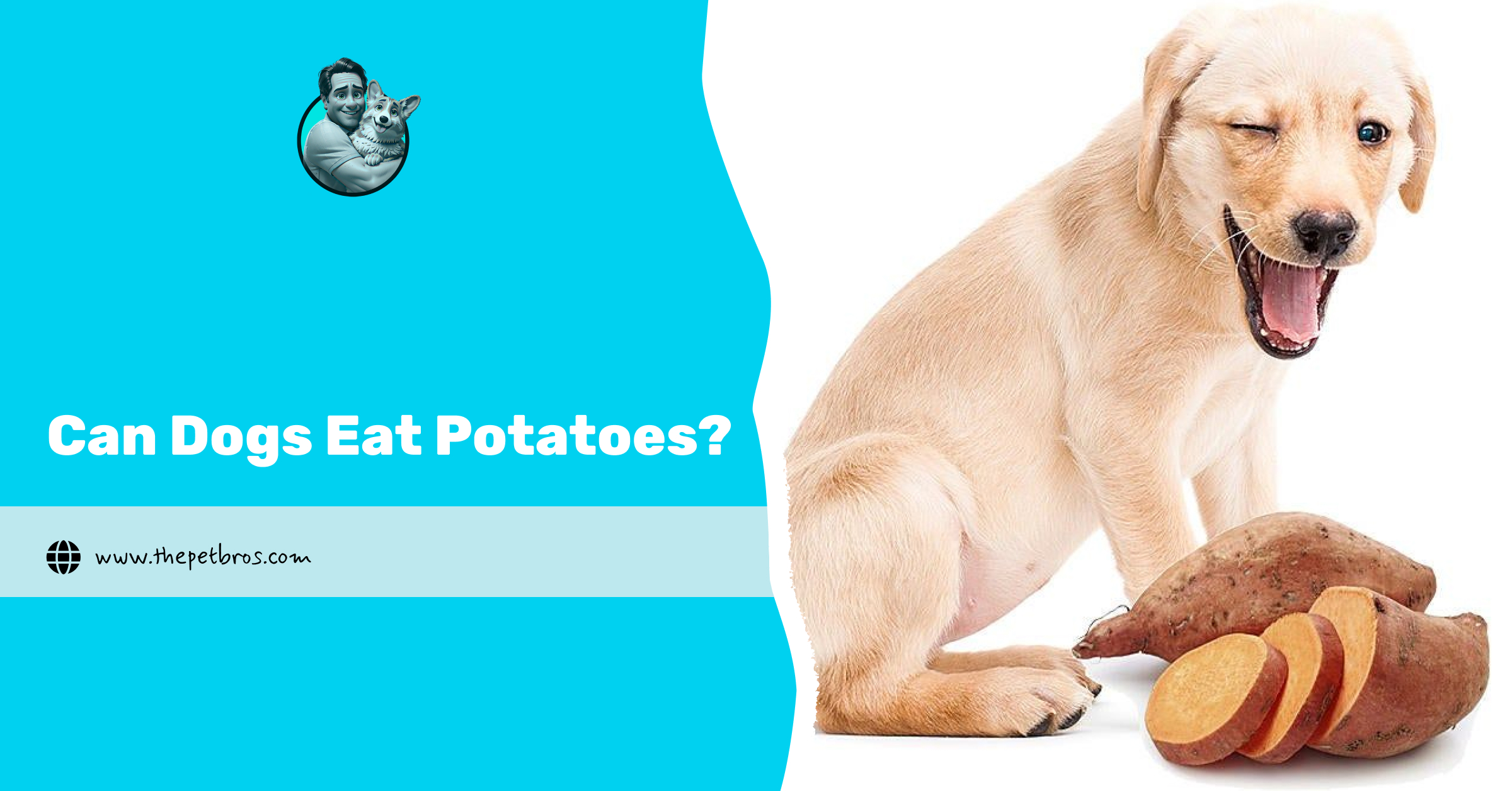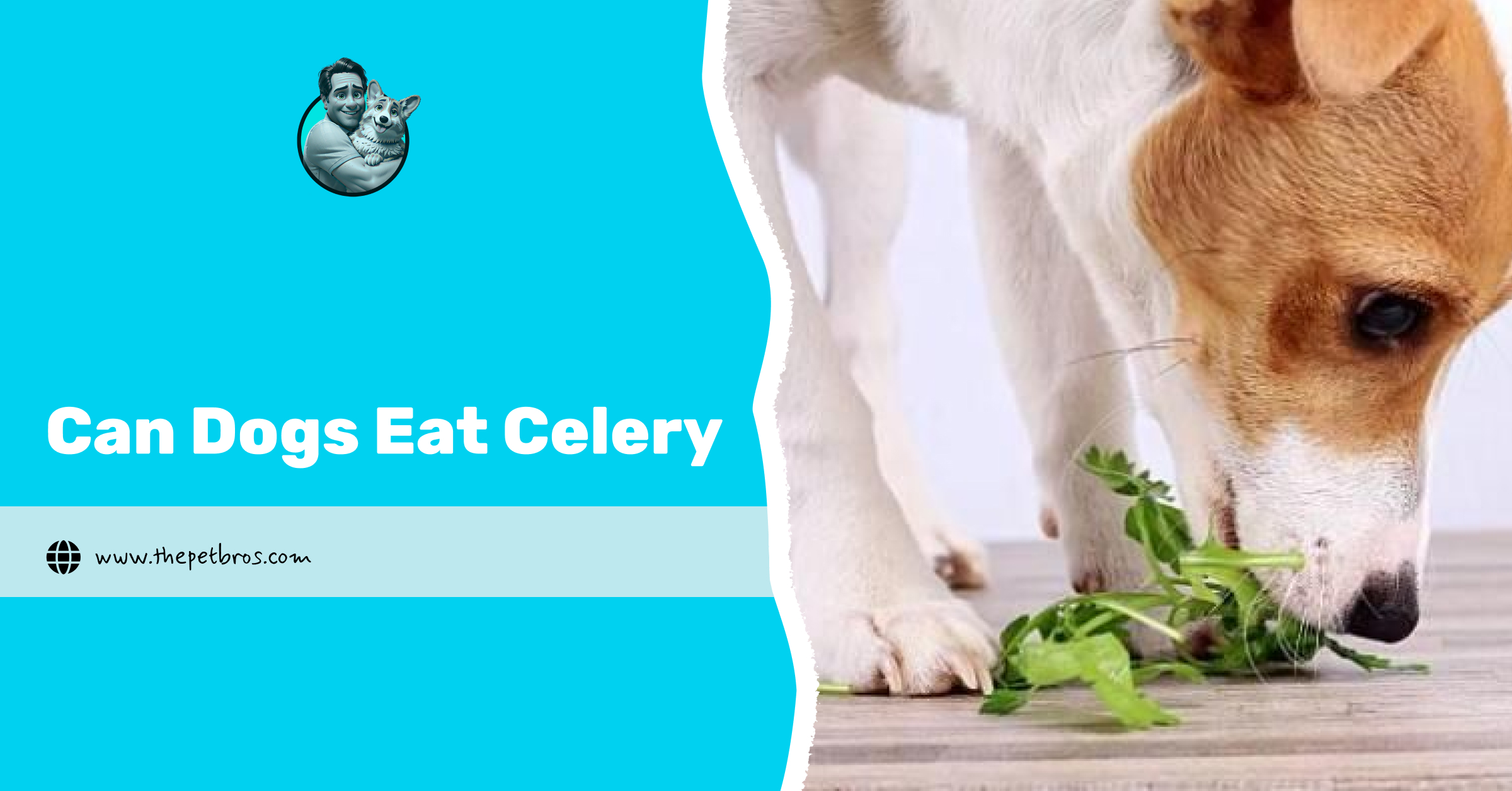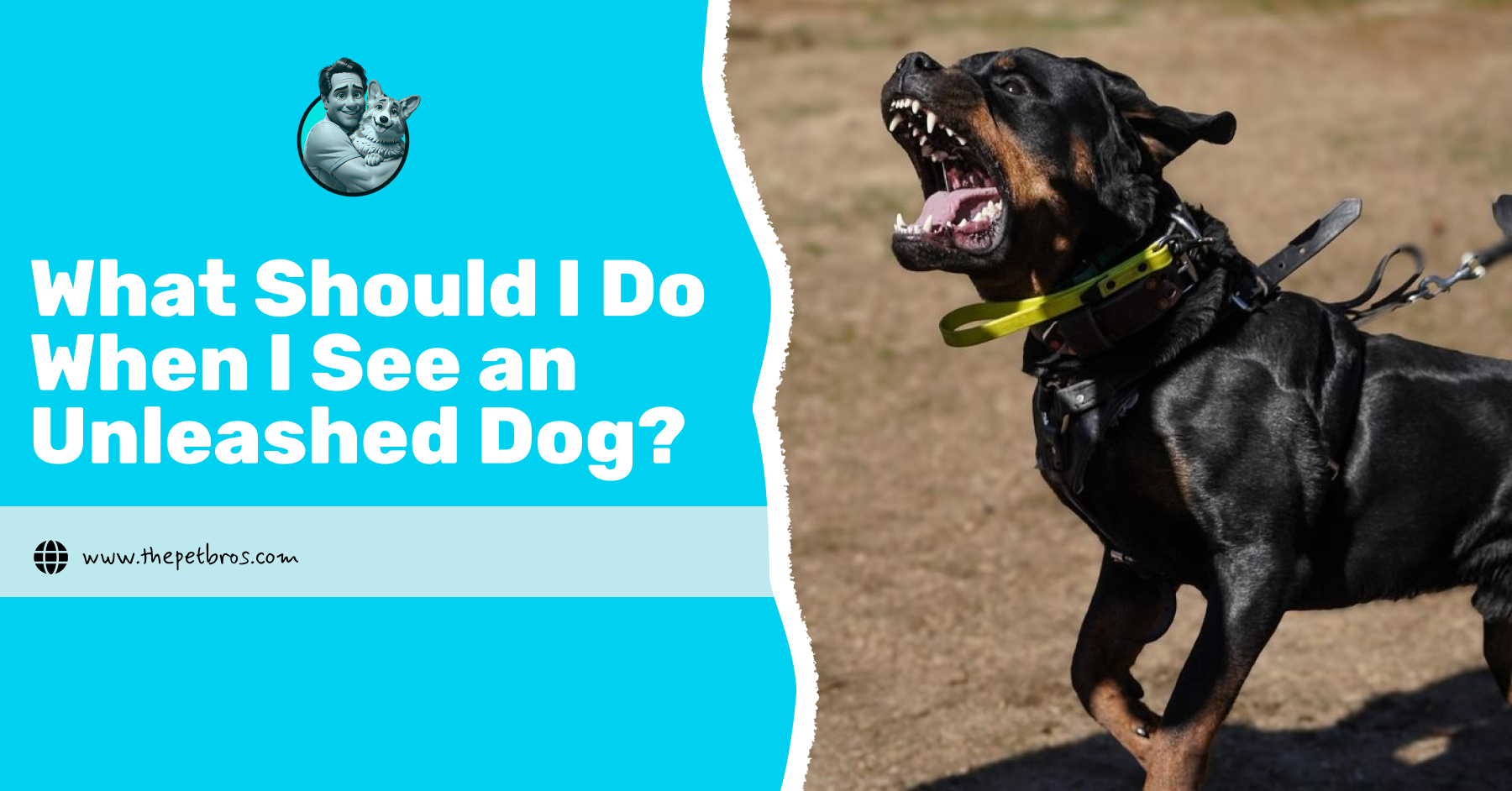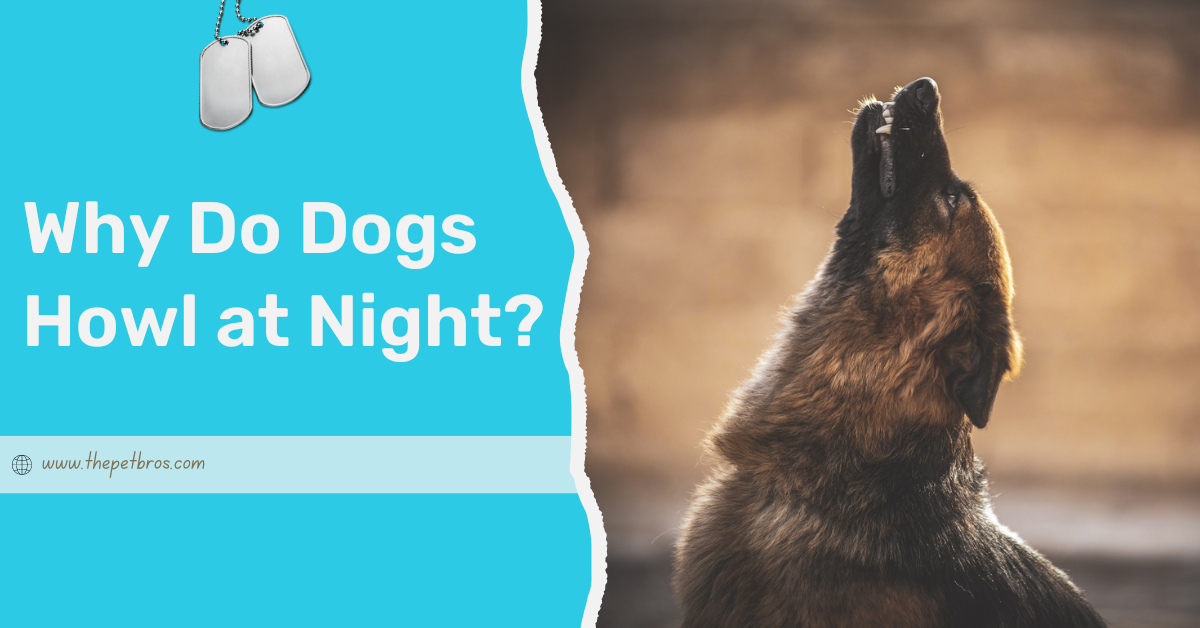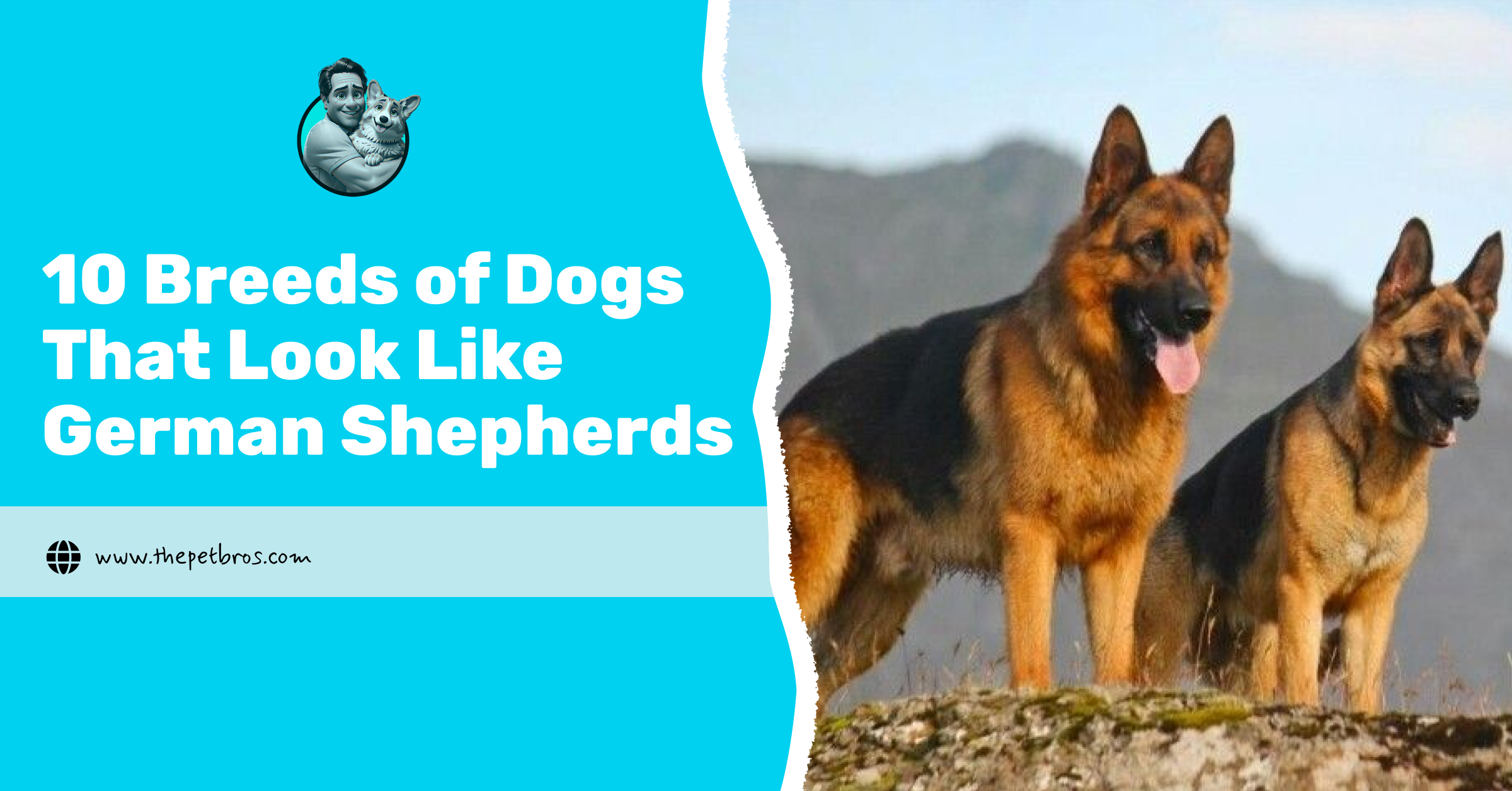What comes to your mind when you see your dog chewing its nails? Has a much-needed pawdi-cure session gone a little overboard? Most dog owners witness their furry friend engaging in peculiar behaviours, and excessive nail chewing can worry you.
While a bit of nibbling is normal, compulsive nail chewing can indicate underlying discomfort, allergies, or even anxiety. Thankfully, this guide comprehensively discusses the reasons behind your dog chewing its nails, from boredom and stress to allergies or other health conditions. We will also explore the signs to look out for, potential risks, and, most importantly, how to stop this habit. Let’s get right into it!
Why Is My Dog Chewing Its Nails?
Dogs naturally chew their nails as part of grooming, especially if their nails are pretty long and becoming uncomfortable. However, excessive nail biting can be a sign of underlying medical issues. Since their paws are constantly in contact with the environment, nail biting can indicate allergies they have picked up during walks.
Some common reasons behind your dog chewing its nails include:
- Nail infections
- Overgrown nails
- Allergies
- Compulsive disorders
- Anxiety or Boredom
- Foreign objects and skin conditions
1. Nail Infections
Nail infections in dogs could be fungal, bacterial, or parasitic. Fungal infections such as yeast infections often affect one or two nails, resulting in rough, sandpaper-like or abnormally soft nails. In addition, fungal infections can make the surrounding skin horribly itchy, making your dog chew its nails or feet excessively.
On the contrary, bacterial infections typically present swollen, oozing, and potentially fractured claws. Parasitic infections can also cause your dog to chew its nails. For instance, ticks and fleas can irritate your dog’s skin, causing itching and discomfort. Fleas can even lead to flea dermatitis, characterised by red, itchy skin.
Notably, these infections can be a secondary issue following another condition or an injury. So, if you notice any of these symptoms, a prompt veterinary examination is necessary.
2. Overgrown Nails
Imagine the discomfort of wearing shoes that are too tight! Extremely long nails can put pressure on the paw pads, leading to soreness. In severe cases, the nail may even curl and start to grow into the skin, causing pain and potentially leading to infections.
A simple thumb rule is that if your dog’s nails click-clack on the floor as they move around, they are likely too long and need a trim. Regular nail trimming is essential for your dog’s comfort and paw health. If you are unsure about trimming your dog’s nails yourself, a professional groomer or veterinarian can help you.
3. Allergies
Like humans, dogs can develop allergies to various environmental factors, including pollen, grass, dust, and many more. Food sensitivities can also play a role, causing itchiness and discomfort around the nail beds.
In some cases, allergies can lead to atopic dermatitis, a skin condition that can affect the entire body or specific areas, often the paws and front legs. If you notice your dog constantly biting and chewing at their paws or nails or observing redness and inflammation, seek professional help. Your veterinarian can pinpoint the allergens and recommend appropriate treatment options to minimise your dog’s discomfort.
4. Compulsive Disorders
Chronic nail chewing in dogs may be a sign of an obsessive-compulsive disorder. These are repetitive and excessive behaviours often stemming from underlying anxiety or frustration. Environmental changes, loss of a companion, or inadequate socialisation can all trigger compulsive behaviours in dogs.
In this case, seeking professional help is crucial, as a veterinarian or a certified animal behaviourist can guide and provide treatment options. Some treatment options can include behaviour modification techniques and, in some cases, medications.
5. Anxiety or Boredom
Like humans, dogs can also resort to nail chewing when they are anxious or stressed. In addition, separation anxiety, confinement, or phobias can also trigger self-sooting behaviours, including excessive nail biting.
Boredom can also cause this destructive behaviour. If your dog does not receive adequate mental and physical stimulation, they may resort to nail chewing to pass the time. If you notice your dog chewing its nails during periods of stress or when alone for extended periods, provide them with toys.
You can also engage in different activities with them to keep them busy. However, if your dog’s anxiety is severe, consult a veterinarian or a certified dog trainer. You can also consider the use of anxiety medication under veterinary guidance.
6. Foreign Objects or Skin Irritation
Sometimes, the reason behind your dog chewing its nails is simply due to the foreign objects lodged in their nails. Blades of grass, small stones, or other debris can easily get into their paws or around their nail, causing discomfort and prompting biting.
Skin conditions like dermatitis or mange can also cause intense itching and discomfort around the nail, causing your dog to bite its nails. These skin irritations often manifest with scabs, redness, swelling, and sometimes, hair loss around affected areas.
How to Stop My Dog from Chewing Its Nails Excessively
Knowing the potential reasons behind your dog chewing its nails means you are a step closer to stopping it. Below is a proactive approach to ensure your dog’s paws remain healthy:
- Regularly Patrol the Paws: You must regularly inspect your dog’s paws, body, and behaviour for signs of distress. After every walk, gently brush your dog’s paws with a dry washcloth to remove any accumulated dirt or irritants. You may also consider using a paw balm to moisturise the paws in extreme weather conditions. Remember, a healthy paw must appear smooth, clean, and free of debris or open sores.
- Exercise Frequently: Physical and mental stimulation is necessary for maintaining healthy nail length and your dog’s mental well-being. Frequent exercise helps prevent boredom and anxiety, which can contribute to your dog’s destructive behaviour. You can consult your veterinarian to create a personalised exercise plan for your dog’s breed and energy level.
- Train with Positive Reinforcement: When your dog successfully resist the urge to chew its nails, whether on command or independently, reward them with treats, praise, or affectionate petting. Reward them generously if they successfully shift their focus and play with their toys.
- Use Anti-Chew Sprays: You can apply a non-toxic, bitter-tasting antu-chew spray to your dog’s nails. This will surely discourage them from excessive chewing and biting of nails.
- Consult Your Vet: Schedule a veterinary appointment if you cannot pinpoint the cause of your dog’s excessive nail biting or if the issue persists despite your efforts. Most underlying issues often require prescription medications or specialised treatment plans.
Conclusion
Understanding the reason behind your dog chewing its nails is necessary for getting an effective solution. Thankfully, our guide offers valuable insights into the causes and proactive solutions; however, we still recommend a veterinary consultation.
A veterinarian can provide an accurate diagnosis and develop a personalised treatment plan that addresses your dog’s needs. Do you have any questions for us? Please leave them in the comment section.
Frequently Asked Questions
Do Dogs Trim Their Nails?
Yes, dogs can naturally wear down their nails through activity on rough surfaces like concrete or asphalt. However, this natural wear and tear is insufficient, especially for less active dogs or those living in areas with softer surfaces. Therefore, you should prioritise regular trimming.
Why Is My Dog Biting Its Foot After Grooming?
This situation might be due to skin irritation, as some grooming tools or products can cause mild skin reactions in dogs. Likewise, something might be in between their nails. So, ensure you check your dog’s foot before and after grooming for any foreign objects.
